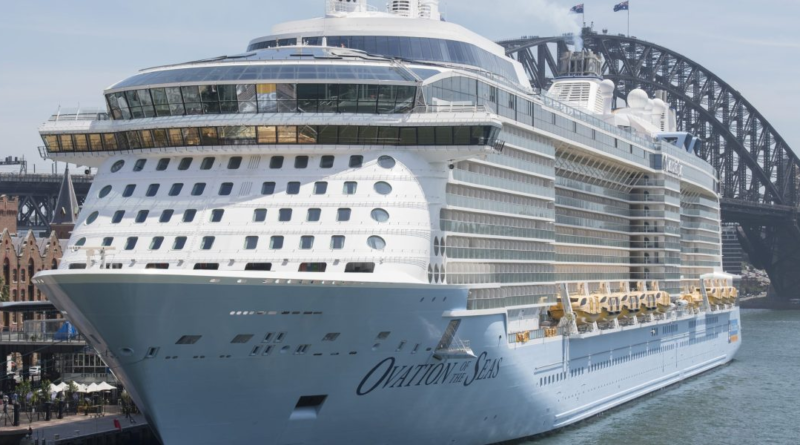Post-pandemic revenge spending on travel has Royal Caribbean up 120% year to date—and nearly back to its February 2020 level
Strong demand from consumers willing to pay up for bookings pushed Royal Caribbean Cruises Ltd. shares to the highest level since the coronavirus dealt an existential blow to its business in early 2020.
The stock has gained 6.1% this week to extend the Miami-based operator’s rally this year to 120%, and propel the stock to its highest level since February 2020. The latest leg up came Thursday after the cruise-line operator reported just its second quarterly net profit since the pandemic wiped out $24 billion in market value when the shares cratered 83% in early 2020.
Chalk it up to the resilience of the US consumer, still flush with cash from government largesse and riding one of the tightest labor markets on record. Demand for spots on cruise liners is bulging even as operators push booking prices higher, offsetting rising costs.
Royal Caribbean’s second-quarter sales topped estimates and the company boosted its full year profit forecast beyond Wall Street projections, continuing a stellar run for the industry this year. Shares in peer Carnival Corp. have also more than doubled in 2023, while Norwegian Cruise Line Holdings has climbed 76%.
“It’s still too early to sell cruise, especially RCL, in our view,” writes Brandt Montour, an analyst at Barclays Capital. “Pricing momentum is accelerating, with plenty of headroom before RCL’s (or the industry’s) pricing would be back to its historical gap to land-based vacations.”
Royal Caribbean shares closed Friday at $109 on Friday, about 20% below the all-time record set January 2020. Norwegian and Carnival are both at least 60% from their early 2020 peaks.
A key difference among the three is that Royal Caribbean has a more favorable debt load, particularly as companies that loaded up on loans to stay solvent when the pandemic forced ships into dry dock have to renew loans at significantly higher interest rates.
Royal Caribbean, for its part, has more liquidity than it has maturities this year and next, according to UBS Securities analyst Robin Farley. She has buy ratings on Royal Caribbean and Carnival and a neutral view on Norwegian.
Analyst Siye Desta of CFRA notes that Royal Caribbean caters to a higher-end consumer base compared with Carnival and Norwegian, enabling the company to charge more without pricing out its core customers.
The result is that “margins are higher than they were in 2019, which is something the other cruise line operators haven’t been able to achieve,” said Desta, who has a buy rating for the stock. He recently downgraded Carnival to hold from buy, citing potential for weaker bookings and cost trends.
For now, investor appetite for the big three ship operators remains robust. Carnival and Norwegian also had positive weeks, up 3.4% and 2.4%, respectively. Wall Street will next turn its attention to Norwegian, which reports its quarterly results Aug. 1. Royal Caribbean’s strong performance and boosted guidance “certainly” raises the bar for Norwegian, Farley said.
–With assistance from Angel Adegbesan.


